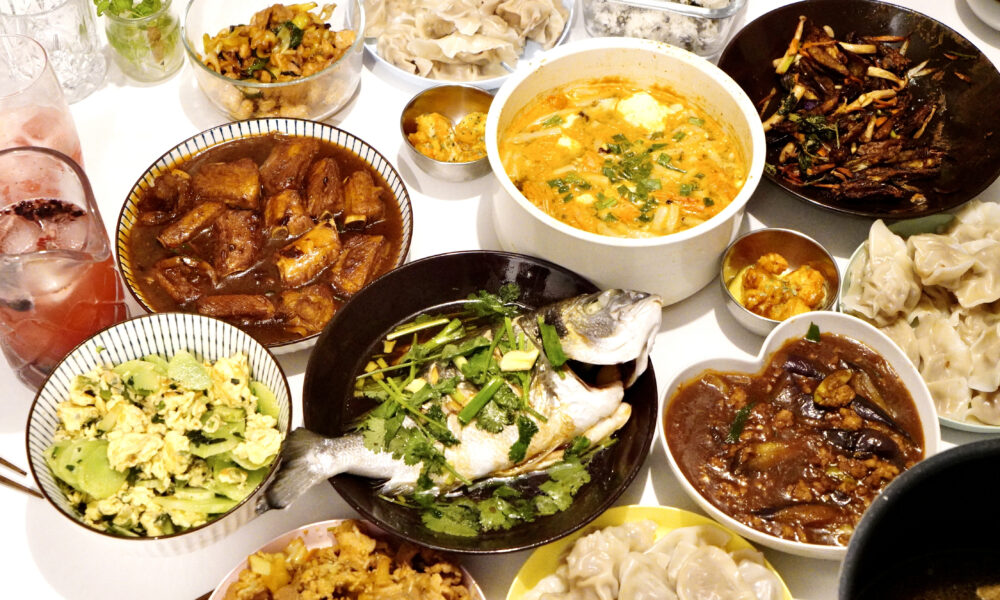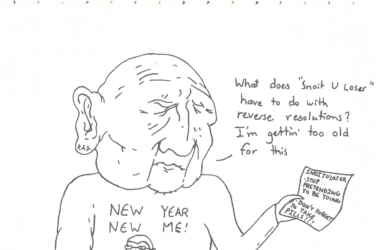With over 85 million users, Too Good To Go is exploding in popularity. The app is especially widespread among students, budget-conscious consumers, and environmentally-aware citizens who are concerned about having a positive impact on our planet.
Launched in Denmark in 2015, the app’s main objective is to fight food waste by connecting users with partner services like grocers, restaurants, and bakers, who save unsold and close-to-expiry food and sell it at lower prices. Beyond its ecological purpose, Too Good To Go also allows people access to affordable food, as the products are sold at a third of the original price.
The app covered mostly European cities until 2020, when the service became available in the United States. As of now, it is available in 17 countries around Europe and North America with 150,000 active partners. In Montreal, well-known brands such as Tim Hortons, Metro, and Pizza Pizza work with Too Good To Go, along with local shops such as Café Navire, Chatime, and some convenience stores.
For Romeo Bande Martinez, a regular user of Too Good To Go in both Lausanne, Switzerland and Montreal, the eco-friendly aspect of the platform is what matters the most.
“The system is great, you get to avoid throwing food away and that’s why I started using it in the first place,” Bande Martinez said. “Even if they raised the prices it wouldn’t bother me and I would still use it. Being able to combine eating things I love and making a gesture for the planet is so satisfying for me.”
The app is easy to use; once you enter your location, you have access to all the stores around you that offer surprise bags with prepared meals, baked goods, and groceries, as well as vegan and vegetarian options. The amount of food varies, as does the price, which typically ranges from $5 to $15.
Flore Bantegny, U2 Arts, shared her experience with the app in an interview with The Tribune.
“I like the idea of not knowing what you are going to get in the surprise bags,” Bantegny explained. “You’re the one choosing the restaurant so you know you are going to like it but it allows you to still discover products you’ve never tasted before and it’s fun.”
Some complaints about Too Good To Go include that there seems to be a disconnect between the app and its partners. For example, Bande Martinez mentioned that the app might sometimes show that a bag is available despite the restaurant being closed. Still, those occurrences appear to be quite rare. Others such as Noriane Fetiveau, U2 Arts, believe that Too Good To Go should strive to increase the number of restaurants it collaborates with by incentivizing food services with good standing and publicity.
As a new user of the app, Fetiveau expressed her discontent toward her perceived lack of offers in Montreal.
“The problem with Too Good To Go here is that there are not enough places where it is available,” Fetiveau shared. “I activated the one-kilometre filter to find offers close to my apartment but I rarely find any. In France, we have so many more options.”
No on-campus eateries—which are notoriously expensive and inaccessible—currently use this service. Using Too Good To Go would align with the university’s environmental policy and help combat food insecurity among students. The Redpath Café is actively using Cano, a service offering reusable cups—Too Good To Go could be the next step.
For students like Bantegny, who often use the platform, this would be a great opportunity to further their ecological aspirations.
“If it ends up being used on campus, I would definitely be the first client!” Bantegny said.








